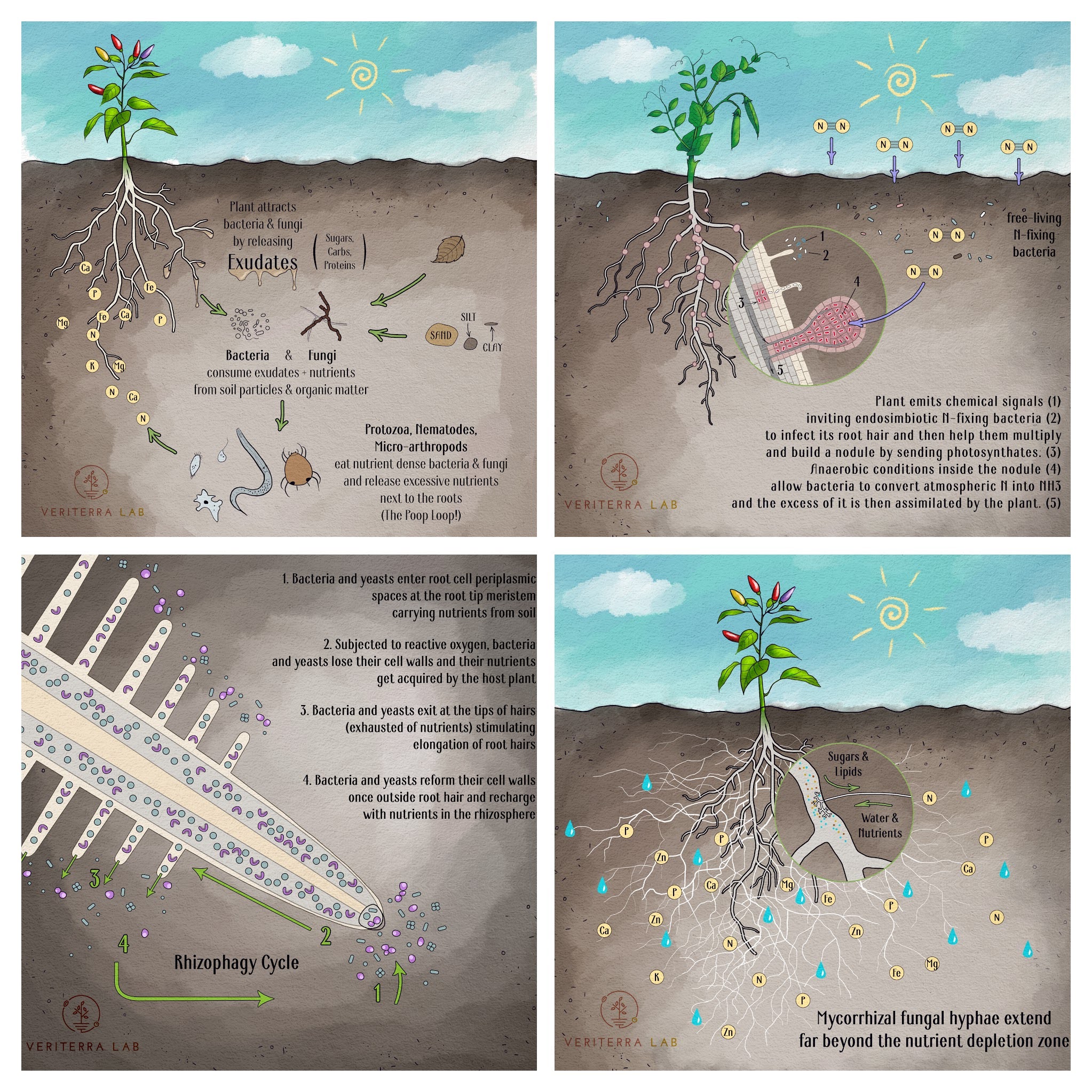
4 ways that soil microbes help plants obtain nutrients
It is more accurate to say that plants and soil microbes have developed mutually beneficial ways to exchange nutrients with each other. Plants have the

Last Saturday I held a workshop for volunteers at the Garden to Table Silicon Valley Farm. It was a great experience for me and so much fun! Each attendee brought a soil/compost sample to look under the microscope. I started with a short introduction to the Soil Food Web and then did quick soil biology assessments of the samples.
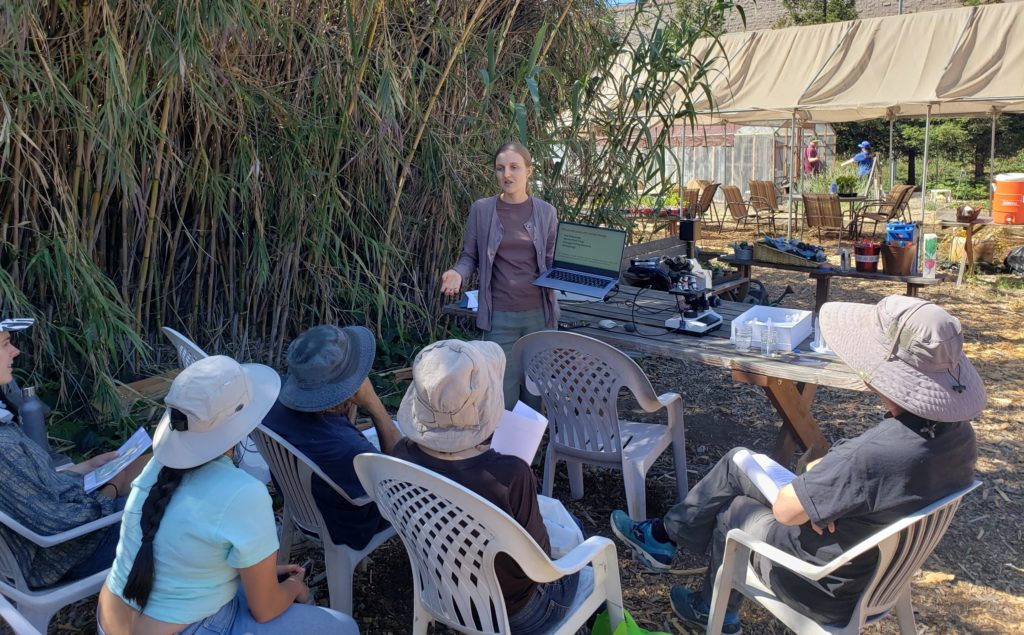
First I explained the procedure of preparing a slide, magnification, some other technical aspects and then started checking the samples. Volunteers were able to see all the microorganisms in real-time on the laptop connected to the microscope camera – that was exciting!
We looked at 6 samples: garden soil, vermicompost (2), a mix of soil and free compost (if I remember correctly), potting soil, and compost made in a tumbler. Some samples were very dry or not collected properly and didn’t have much life. All samples had very little or no fungi except for the vermicompost that was made from dried leaves and green garden waste – it had more fungal strands than other samples, but no nematodes and very few protozoa.
One sample really stood out – 2 bacterial feeding nematodes (which is pretty good for 1:10 dilution – est. 400 nematodes per gram); higher trophic level predators (1 enchytraeid, a couple of microarthropods) indicating abundance of lower trophic groups; diverse protozoa (testate amoeba of different shapes and sizes, some flagellates); some fungi. That was compost from food scraps made in a tumbler! It is hard to say if it was a biocomplete compost without calculating biomassess and numbers. I would want to see a fungal strand in every 2nd or 3rd field of view, but it wasn’t the case. The low amount of fungi was most likely because of the frequent rotating the tumbler as fungi don’t like to be disturbed. I didn’t find any anaerobic bacteria, ciliates or any other signs of reduced oxygen conditions even though it was overwatered the night before and we could clearly see water shining on the material. So that was a good learning experience for me!
There weren’t any anaerobes in other samples as well (except one ciliate in the moist vermicompost). Overall compost samples had more microorganisms than soil samples.
And of course nematodes were “the stars of the show” – it was exciting to watch them moving, and they even caught attention of other people on the farm. We didn’t find any fungal feeding or predatory nematodes though, only bacterial feeders.
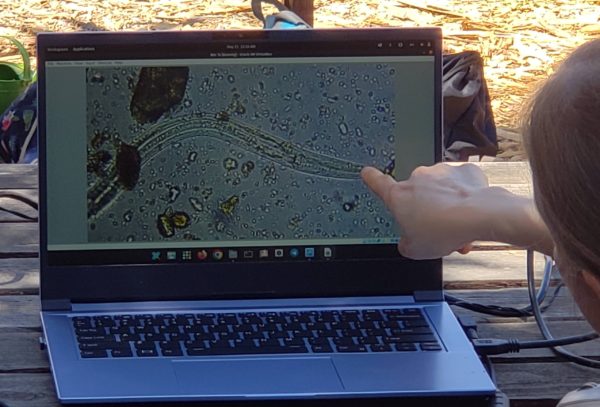
The time was limited and it was very sunny so I had hard time assessing the diversity of bacteria and probably missed some flagelletes. Other than that I think that my qualitative assessments were pretty accurate.
It was my first time assessing samples face to face to a live audience and I enjoyed it so much! We were able to discuss what we saw, what might be the reasons of poor biology and how to fix it in each particular case. It was amazing to look at the sample after sample and clearly see how different management practices and composting techniques affect the biology. Will be happy to hold more such interactive workshops in the future!
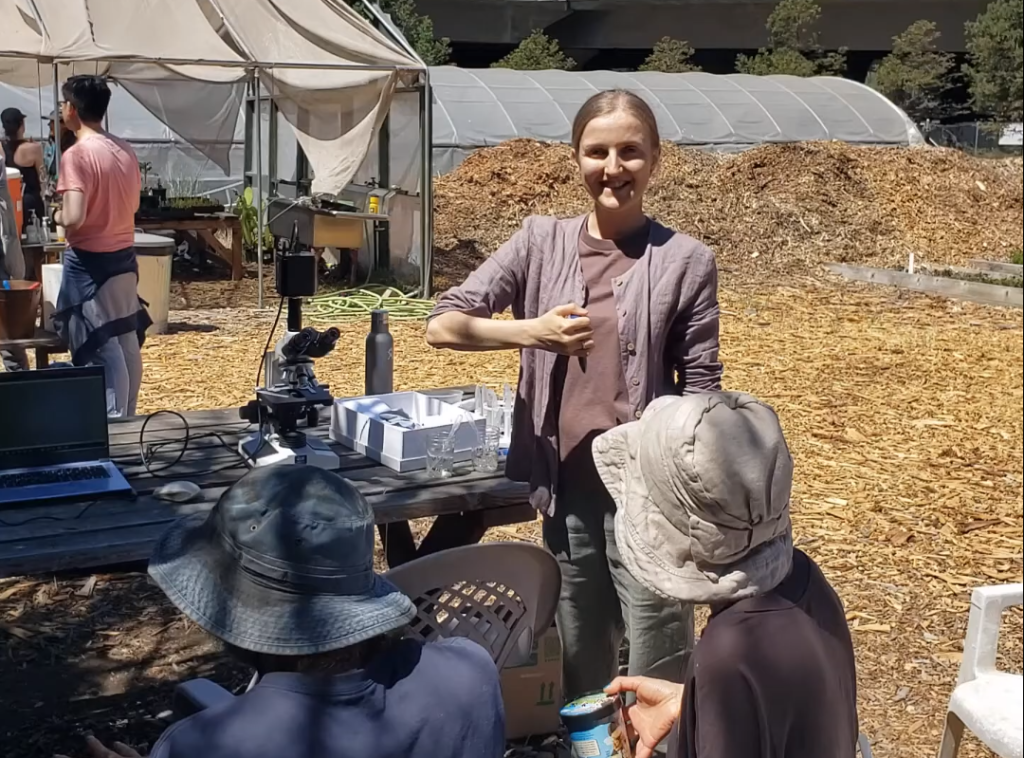

It is more accurate to say that plants and soil microbes have developed mutually beneficial ways to exchange nutrients with each other. Plants have the
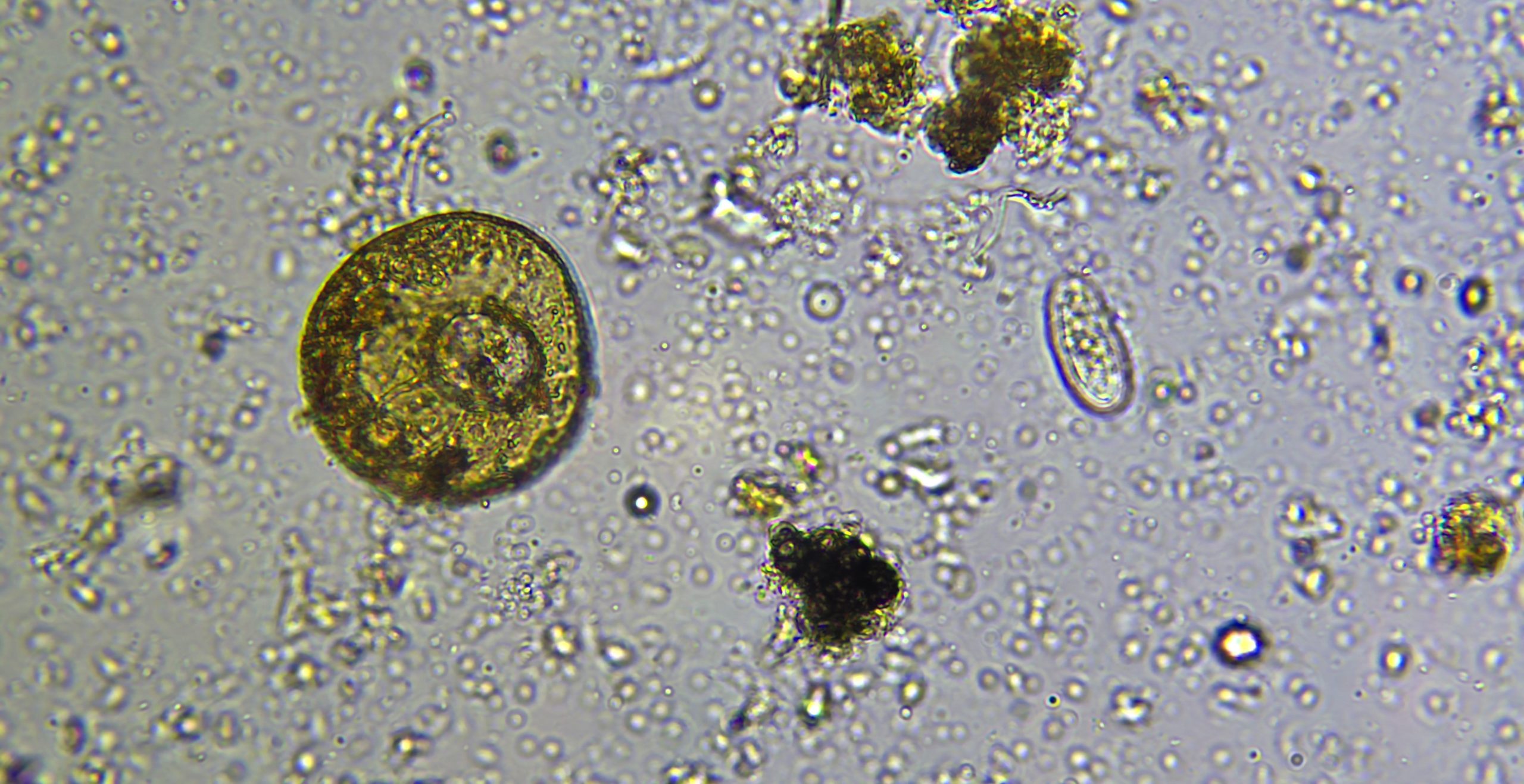
You probably heard that plant roots can take up inorganic soluble nutrients (e.g. nitrates, phosphates) directly from soil by diffusion. Sounds awesome, but it’s only
Copyright © 2025 Veriterra Lab. All rights reserved
2 Responses
Thanks so much for the workshop! As you said, it WAS fun. I feel motivated to create a good soil environment for my plants. I think it will require some patience, but down the road, I hope to be able to see those creatures you mentioned, living in my soil at home.
So glad that it was motivating!